The clinical signs of Feline Idiopathic Cystitis include dysuria (difficulty or pain during urination), pollakiuria...
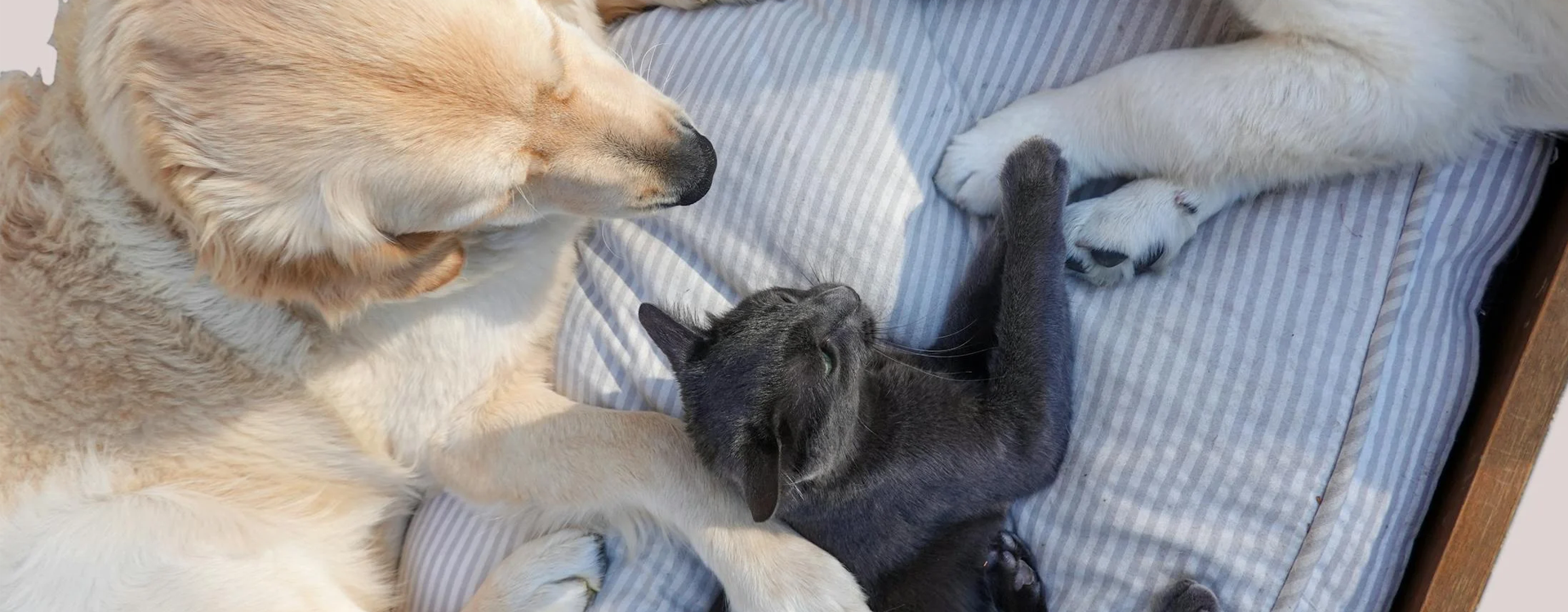
Multi-species households with cats.
We can consider a home to be multi-species if different types of animals live in it. These include cats, dogs, birds, rodents and others. These homes present unique challenges due to the differences in behaviour, needs and communication between the different species. It is important to consider the individual needs of each species to ensure their individual and communal safety and well-being.
The presence of other animals in the household can cause stress and anxiety in cats.
It has been observed that, although domestication has enabled them to live in social groups, many domestic cats prefer to carry out their daily tasks in solitude, as did their ancestors. Therefore, in multi-animal households, the way in which resources are presented may significantly influence their social behaviour. Changes in the environment, the introduction of new animals and competition for resources such as space, food or attention can all contribute to stress. And we already know that chronic stress can have a negative impact on the health and well-being of cats.
Things to consider if you live with cats and other animal species.
The first thing to consider is a gradual and controlled introduction between the different animals. This helps to minimise stress and allows them to gradually become accustomed to the presence of other companions of different species.
Not only this, but the interaction between the animals should be monitored at all times, especially at the beginning. This will allow us to intervene if there is any aggressive behaviour or if conflicts arise, which can be of various kinds.
Providing separate spaces for each species can be beneficial, especially when animals are unsupervised. This gives them the opportunity to retreat to a quiet and safe place when needed.
Get support from a specialist.
Prior to undertaking the introduction of any of the individuals it is advisable to seek the guidance of a veterinarian in animal behaviour and perhaps other specialists. They will be able to provide specific, situation-specific advice.
Some species may have natural instincts that can be a safety concern for others. For example, some birds and rodents may be natural prey for cats, while cats may be chased by dogs.
Providing adequate environmental enrichment is essential to keep cats and other individuals physically and mentally stimulated. This may include providing scratching posts, interactive toys, raised resting areas and opportunities for play and exploration for each species.
Feeding should also be adapted to the different species and care should be taken to ensure that each species receives an adequate and safe diet.
Any signs of illness should be noted. Cats are particularly good at hiding that something is wrong, so any changes in their behaviour, appetite or routine should be noted.
For all these reasons, introducing and managing a multi-species household with cats can take time, patience and adaptation.
Points to consider when introducing a cat into a multi-species household.
1. Pre-preparation: Before introduction, make sure you have a separate area for the new animal, such as a room or a designated space. This will allow the animals to gradually become familiar with each other's smells and sounds without initially having direct contact.
2. Gradual introduction: Start with a visual introduction. Set up a screen door or barrier that allows the animals to see and smell each other, but without physical contact. This will give them a chance to become accustomed to each other's presence without feeling threatened.
3. Scent exchange: Provide objects with the scent of each animal so that they can become familiar with each other. You can exchange blankets, beds or toys so they can smell and explore each other's scents in a safe environment.
4. Separate feeding sessions: During the initial introduction, feed the animals separately at áreas separadas. Esto evitará la competencia por la comida y reducirá el riesgo de conflictos.
5. Supervision and control: During the first physical interactions, be sure to closely supervise the animals. Watch their behaviour and body language for signs of tension or aggression. If necessary, separate the animals and try again later.
6. Positive reinforcement: Use positive reinforcement to reward and encourage friendly and peaceful behaviour. Reward animals when they are calm and relaxed near each other. This will help them associate the presence of the other animal with pleasant experiences.
Gradual introduction can take time, so it is important to be patient and allow the animals to set their own pace. Don't rush interactions and give each pet enough time to adjust and feel comfortable in each other's presence.
Coolcatss helps cats living in multi-species households.
In this context, products such as Coolcatss can be of great help. Coolcatss is a product designed to enrich the cat's environment by providing a safe and stimulating space to help them combat stress, prevent behavioural problems and improve their physical and mental well-being. Coolcatss adapts to the different stages of a cat's life, providing shelter, comfortable places to rest, play, climb and stay active at every stage of their development. In addition, it can be especially useful in multi-species households, where it is important to ensure that each animal has its own space and feels safe.


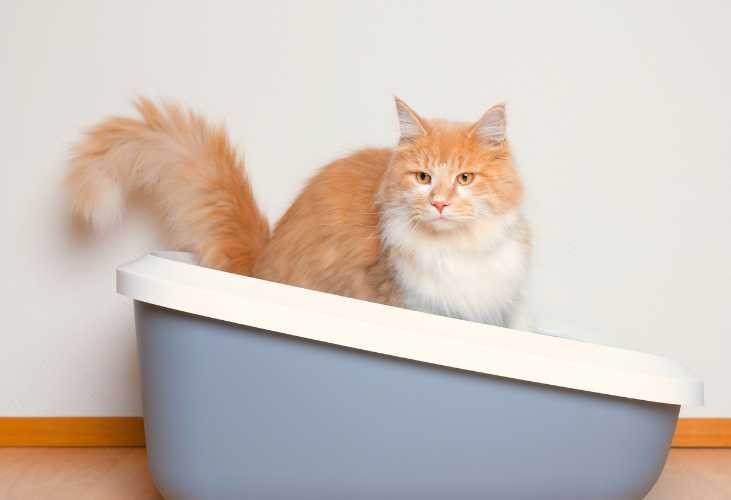

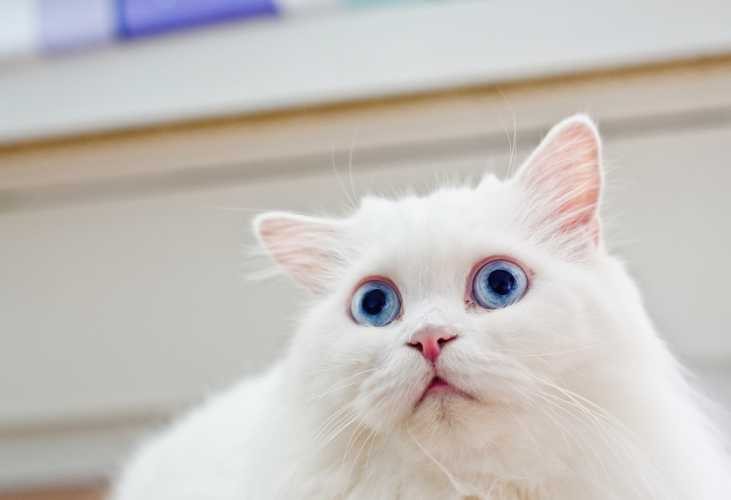


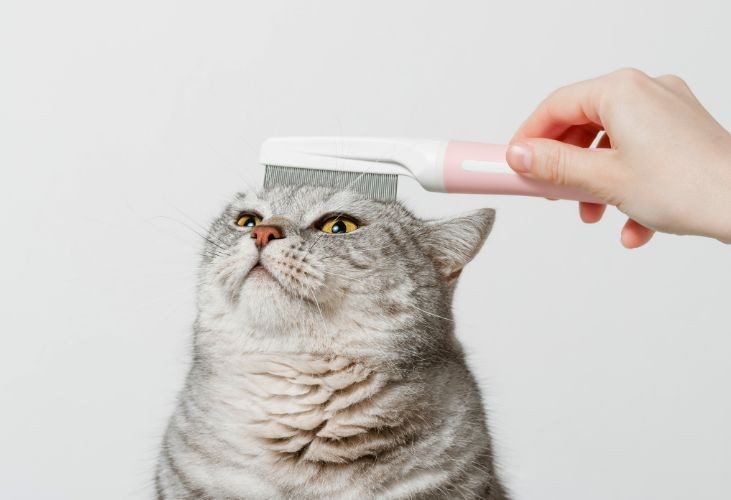
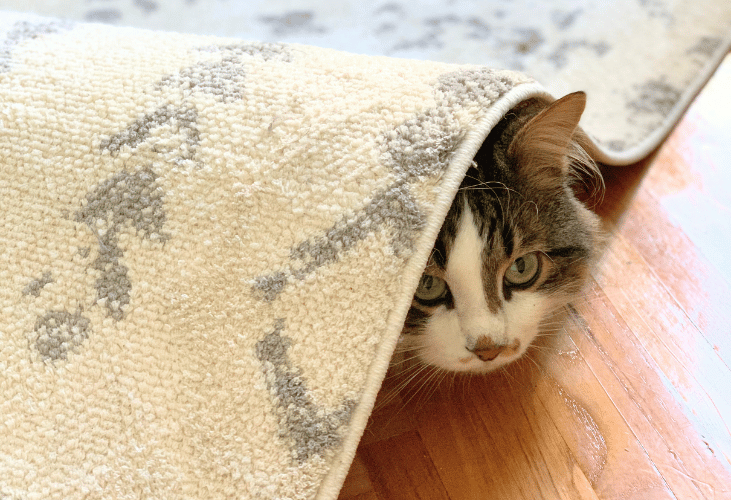
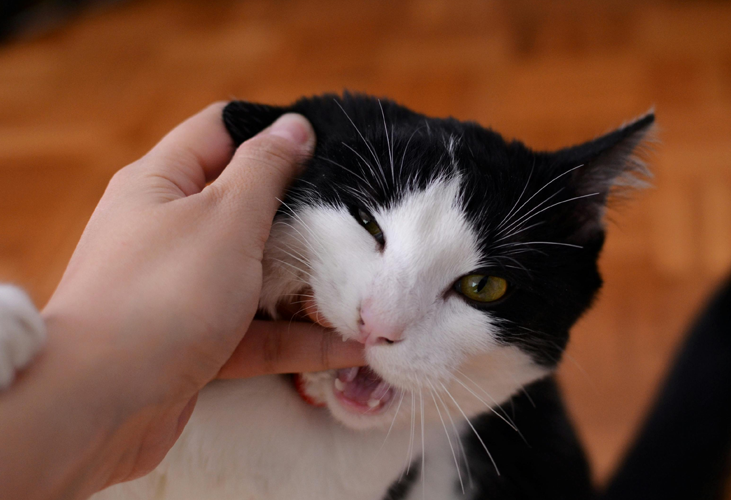
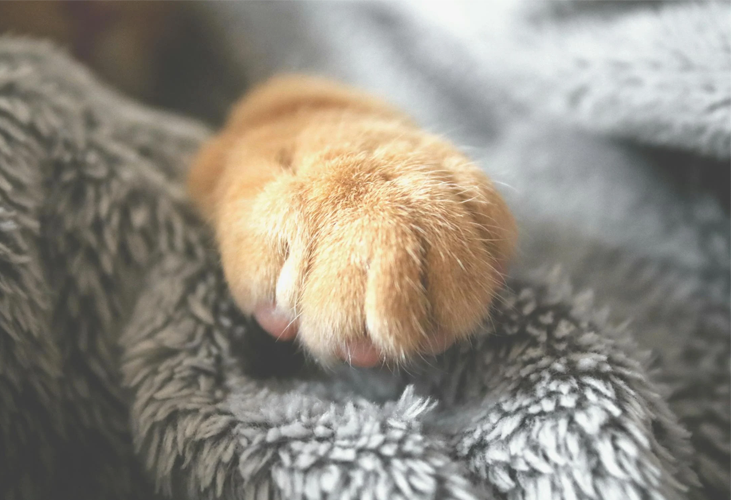

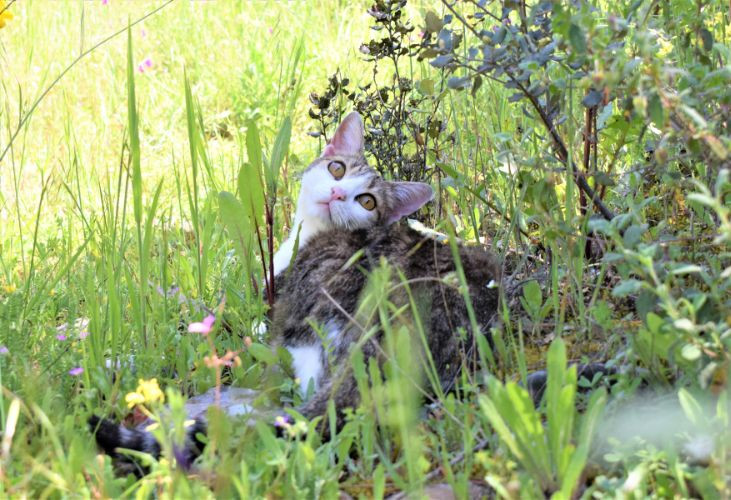
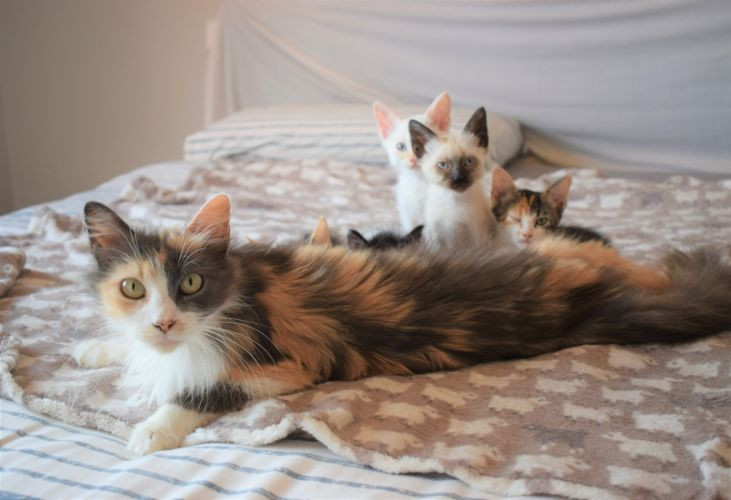
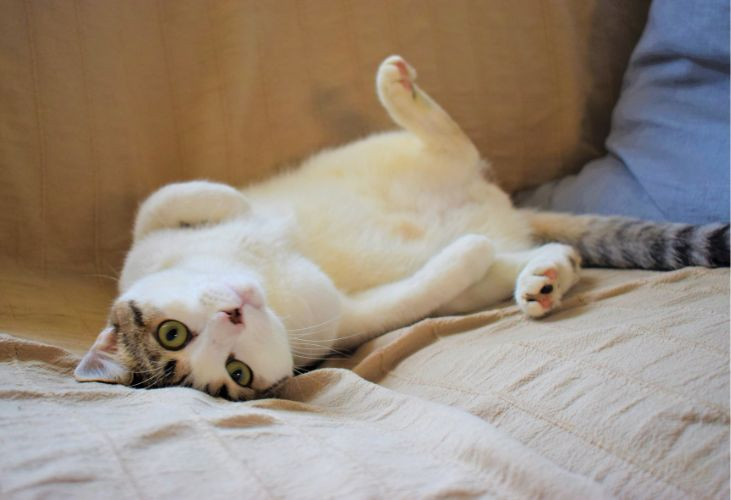
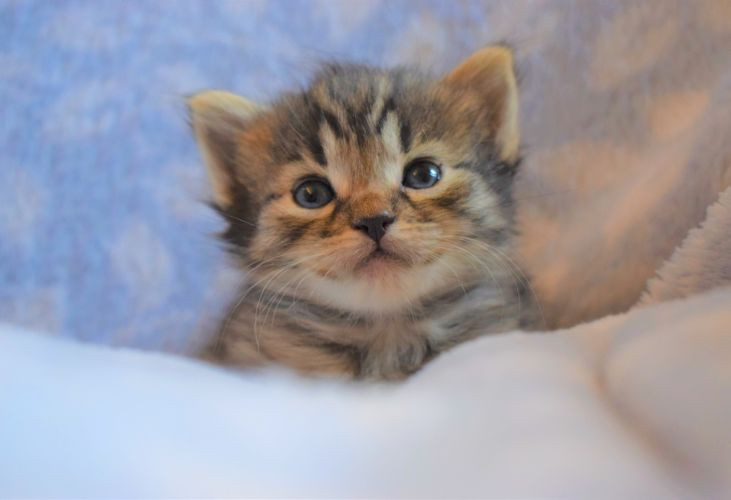

Leave a comment